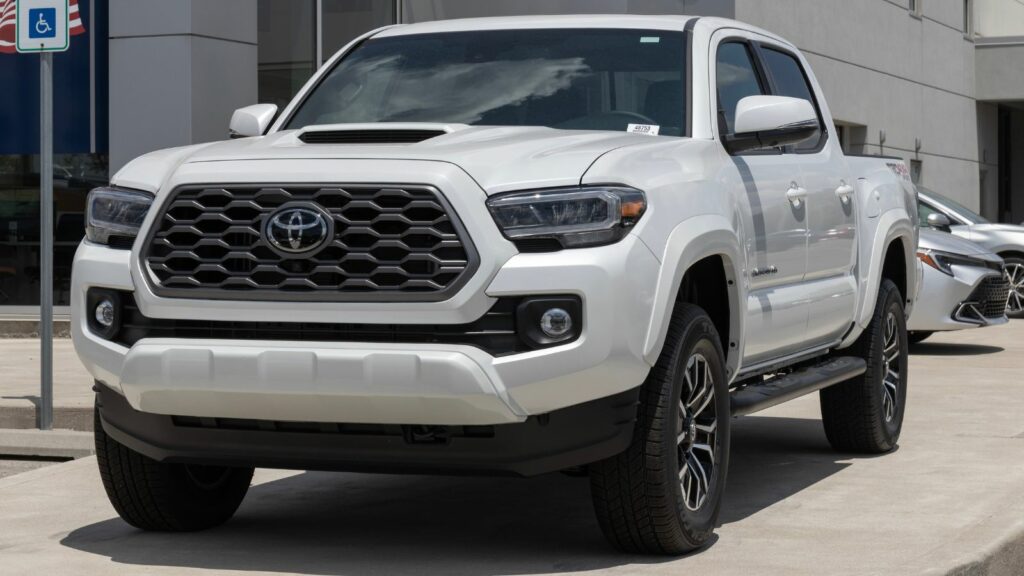If you thought waiting three months for your dream car was bad, buckle up. Some drivers now face waitlists that stretch up to a year or more. Thanks to a perfect storm of global supply chain hiccups, semiconductor shortages, labor strikes, and shipping bottlenecks, automakers are scrambling to keep production lines moving. Here are 24 cars likely to test your patience — and maybe your wallet — in 2025 and beyond.
Ford F-150 Lightning
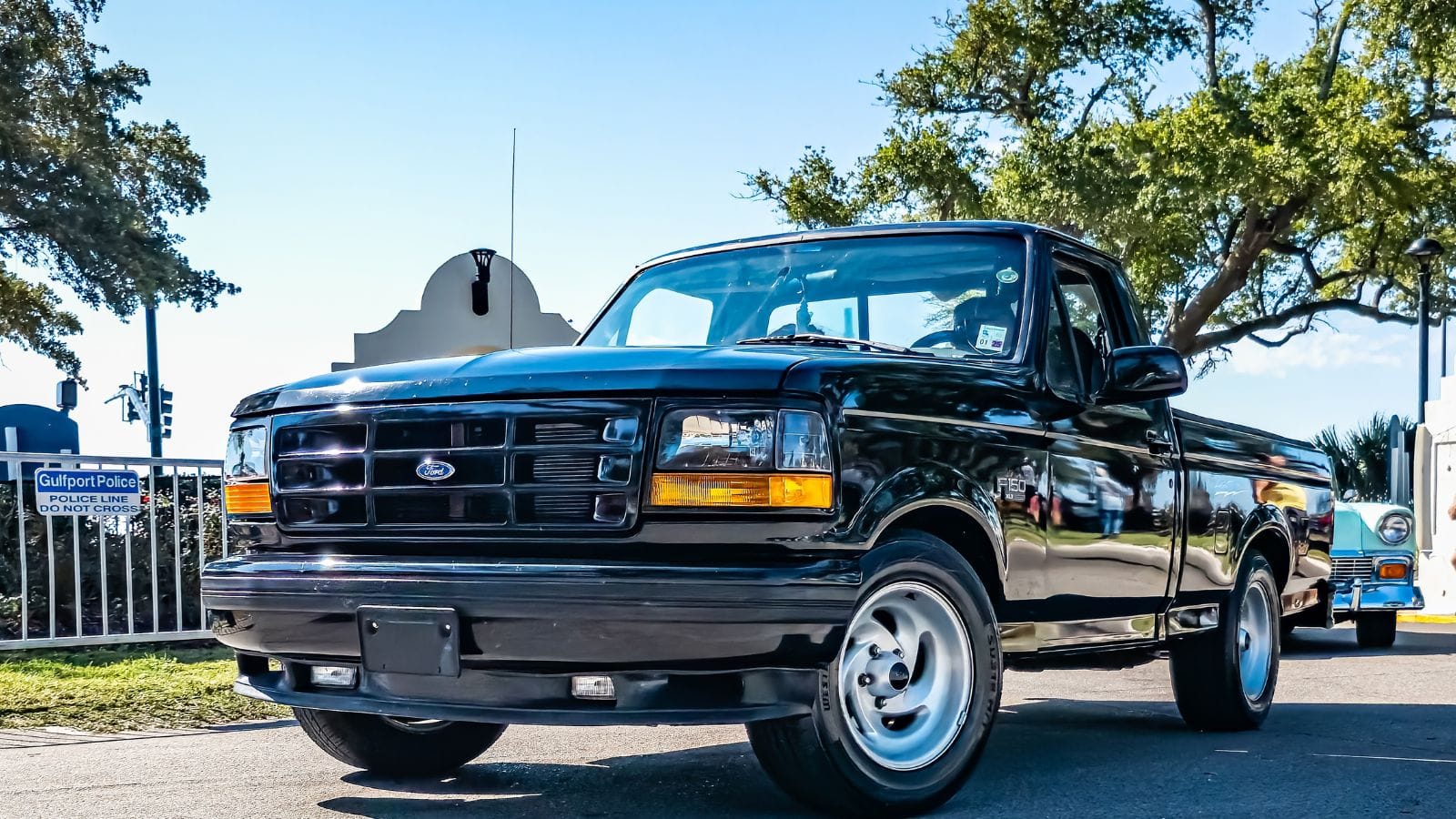
The all-electric version of America’s favorite pickup is in sky-high demand. However, despite Ford’s efforts to ramp up production at its Rouge Electric Vehicle Center, battery module constraints and sourcing of rare minerals have delayed timelines. Dealers have held as many as 8,000 units awaiting quality checks, reflecting the slow pace of deliveries despite the factory’s capacity. Some buyers have already waited 12-18 months, and supply chain slowdowns mean that they won’t ease up anytime soon.
Toyota RAV4 Prime
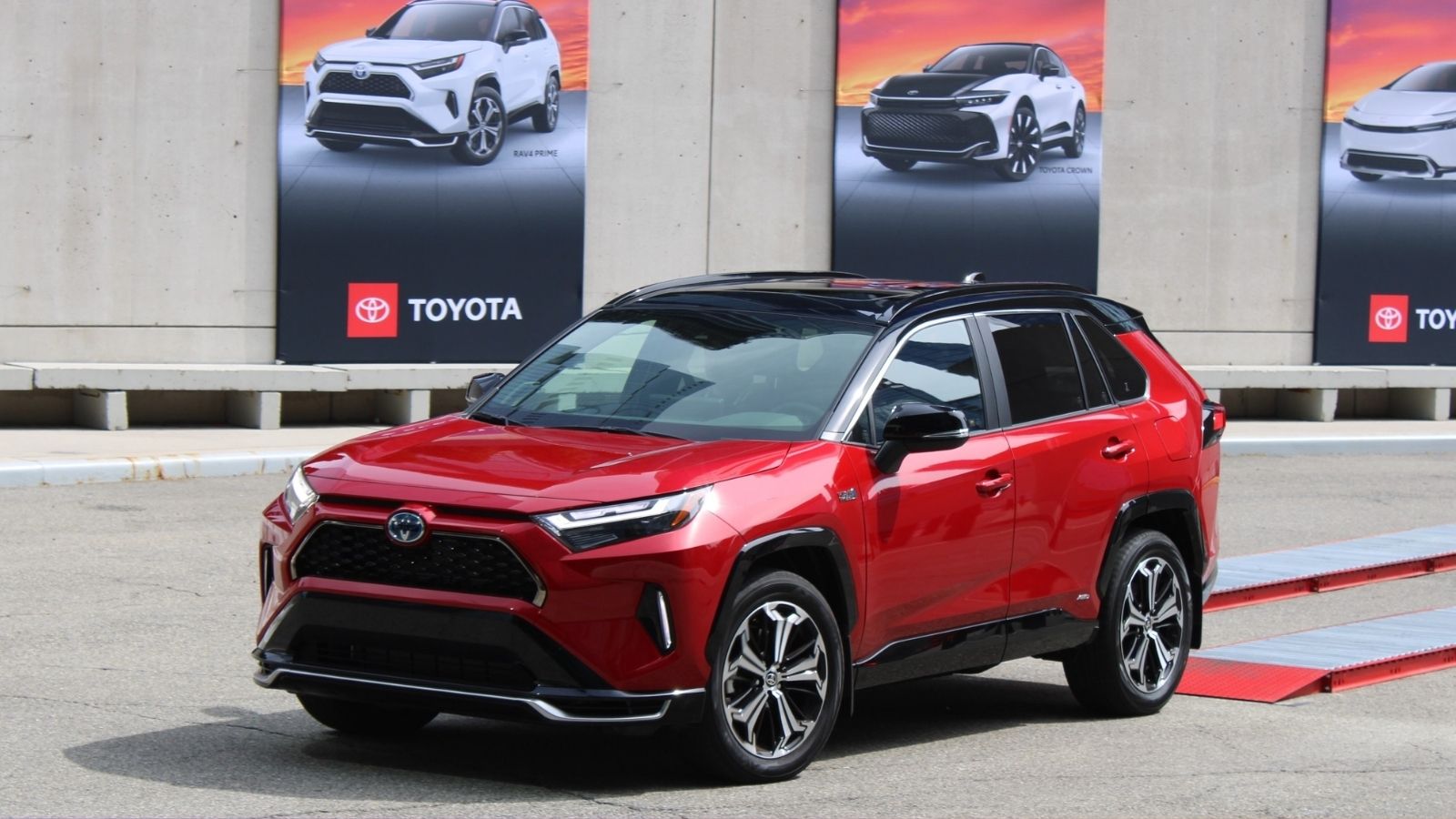
Toyota’s RAV4 Prime is currently facing notably extended waitlists, primarily due to global supply chain disruptions, particularly shortages in semiconductors, magnets, and hybrid-specific components such as inverters and battery cells. As hybrids surged in popularity, Toyota’s suppliers, including Aisin and Denso, struggled to deliver parts promptly. Despite proactive measures, the RAV4 Prime remains the hardest‑to‑produce RAV4 variant, and sustained high demand means prospective buyers must remain patient, placing deposits and staying flexible on trim, region, or timing.
Tesla Model Y
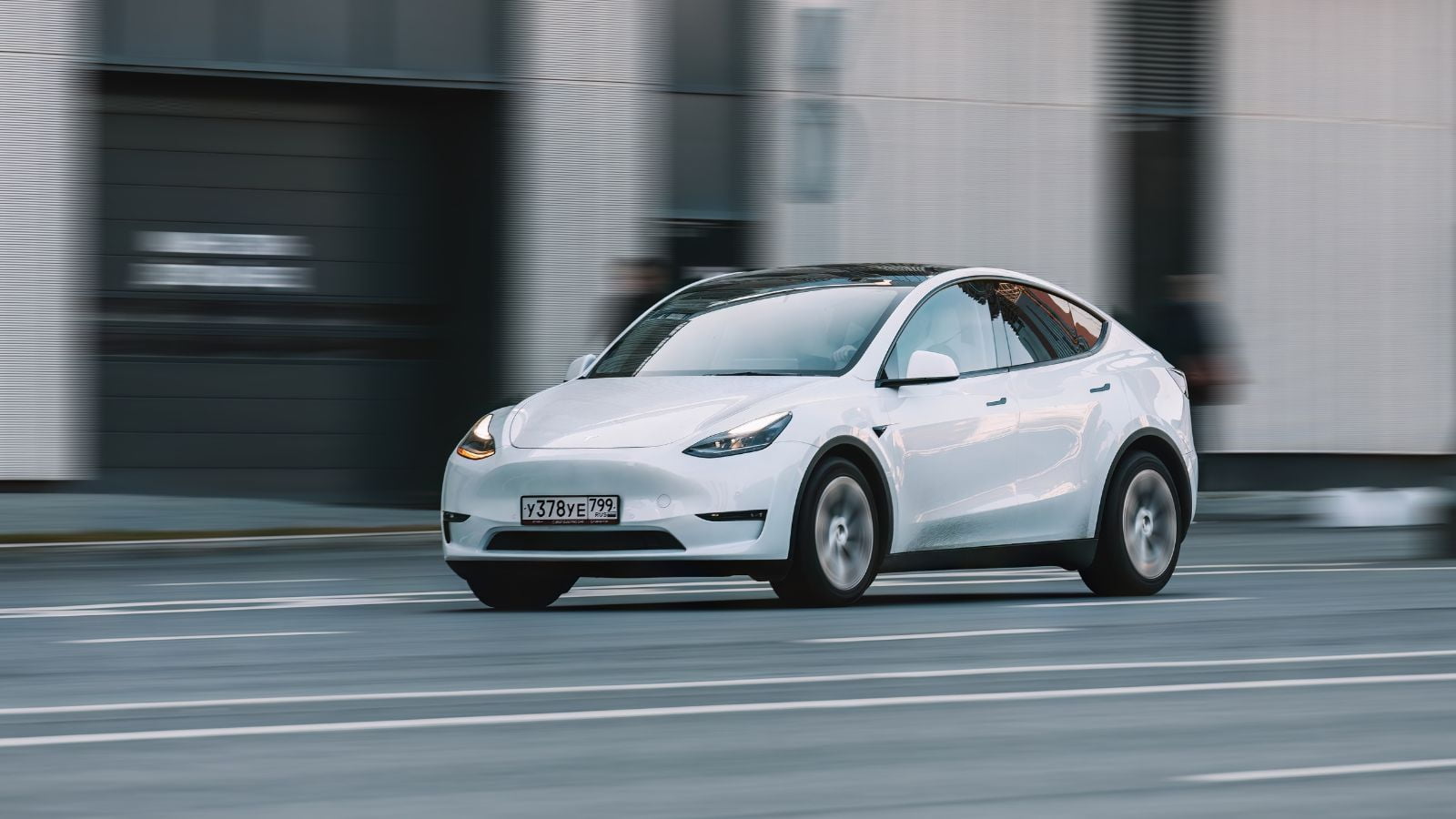
Tesla faces shortages of its best-selling parts and battery supply constraints, especially as it juggles demand globally. These disruptions coincide with Tesla’s retooling efforts to introduce the refreshed “Juniper” Model Y, resulting in fewer units produced alongside a global parts-constrained environment. As factories reconfigure and inventories are cleared, delivery estimates have stretched. Historically, Model Y has been Tesla’s best‑seller—constituting roughly two-thirds of all vehicle sales—so even minor supply hiccups cause noticeable delays. Expect waits of 6–12 months for the Performance trim, especially.
Kia Telluride
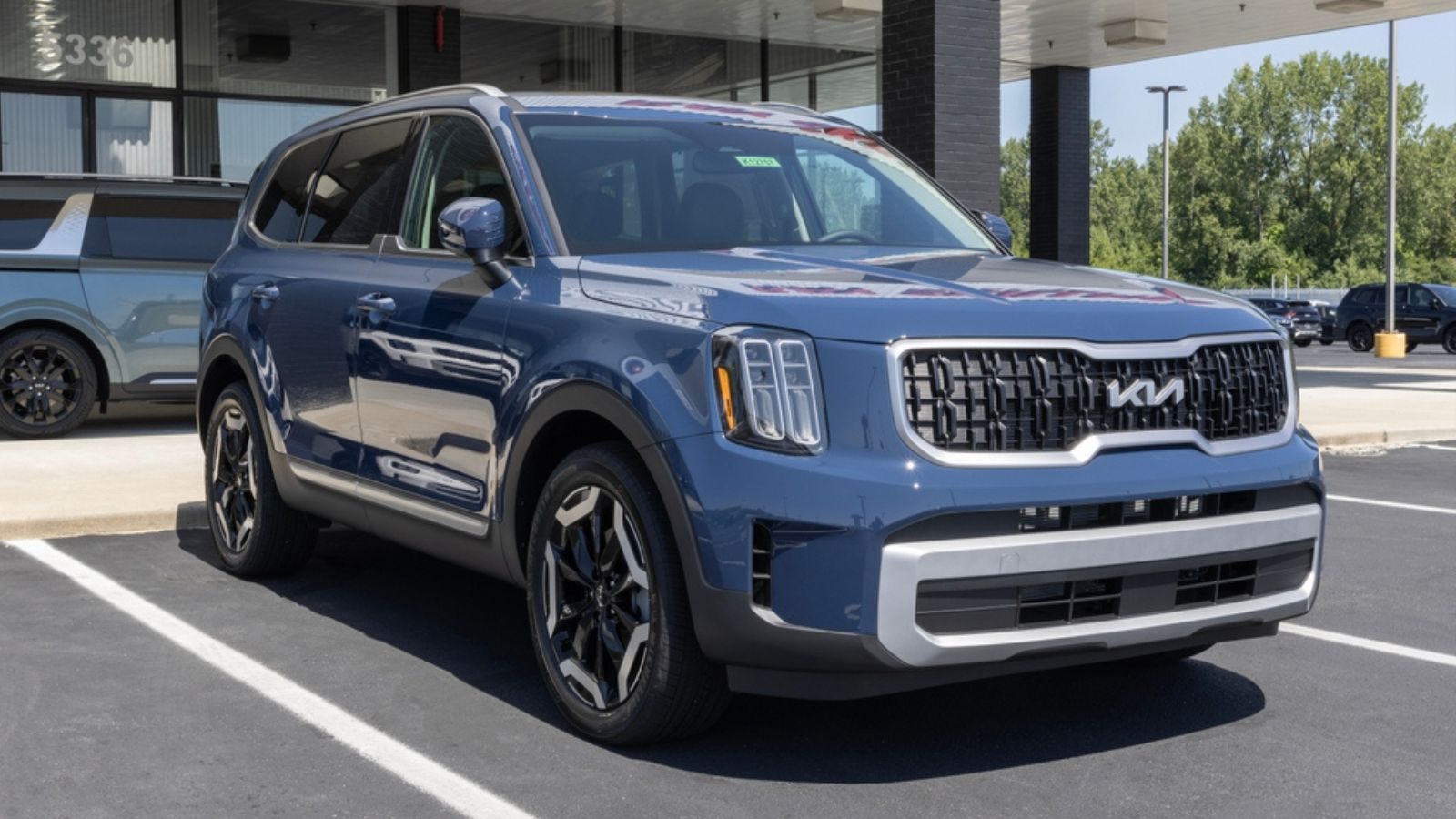
The Telluride is in exceptionally high demand, consistently outselling its production capacity. In the U.S., annual sales climbed from approximately 58,600 in 2019 to over 115,000 in 2024. However, global supply chain disruptions—especially semiconductor shortages and wiring-harness delays from regions like Ukraine and China—have severely constrained output. A U.K. source estimates that order-to-delivery waits range from four to seven months, with even longer timelines for specific trims.
Chevrolet Silverado EV
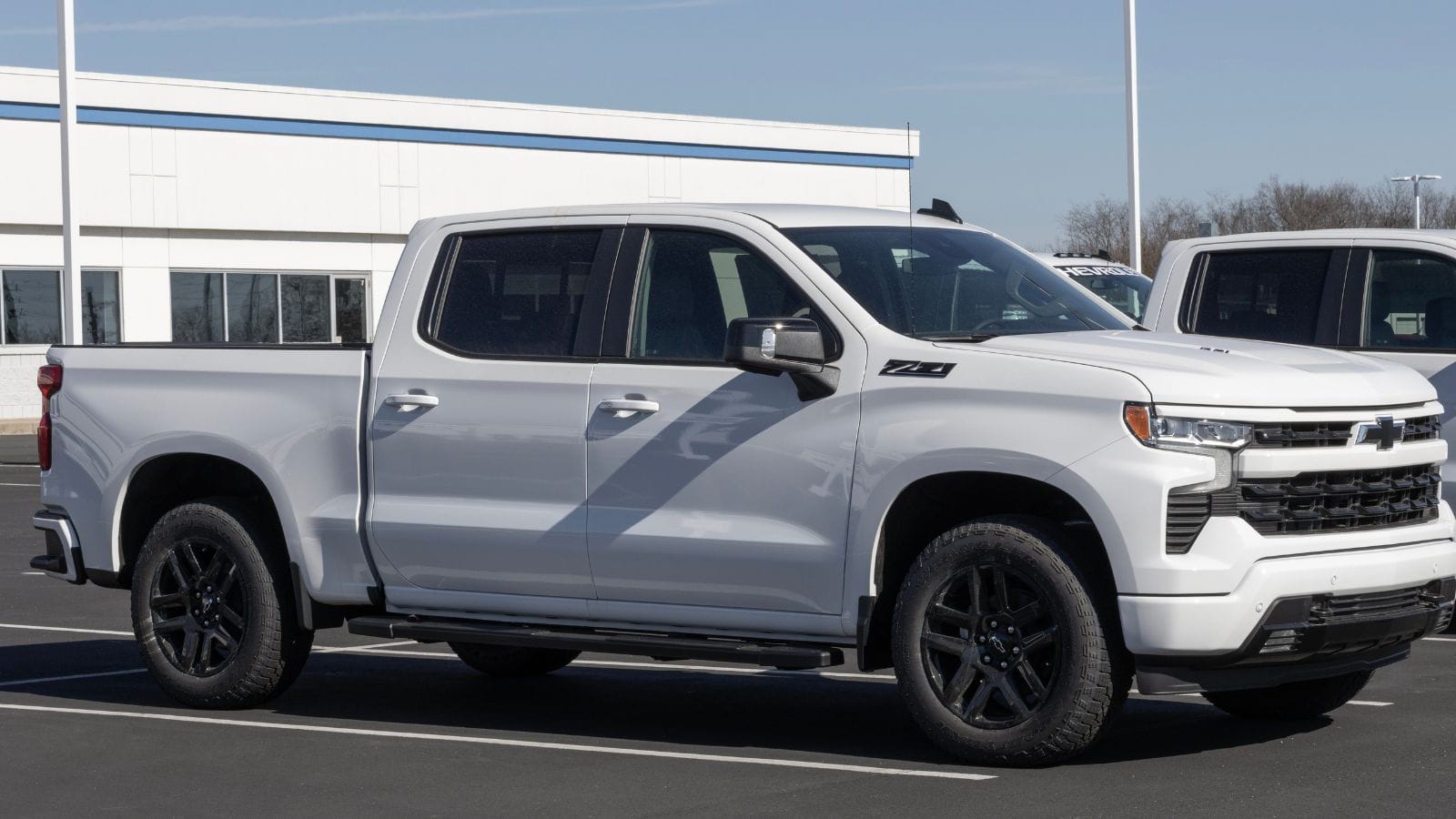
Chevy’s entry into the electric truck game is creating long reservation lists. The Chevrolet Silverado EV is currently facing extended waitlists and supply chain slowdowns, particularly due to GM’s decision to delay scaling up production at the Orion Assembly plant. Originally intended to begin in 2024, full-scale manufacturing has now been postponed to late 2025 as GM aligns production pacing with lagging EV demand and implements engineering improvements to boost profitability.
Subaru Solterra
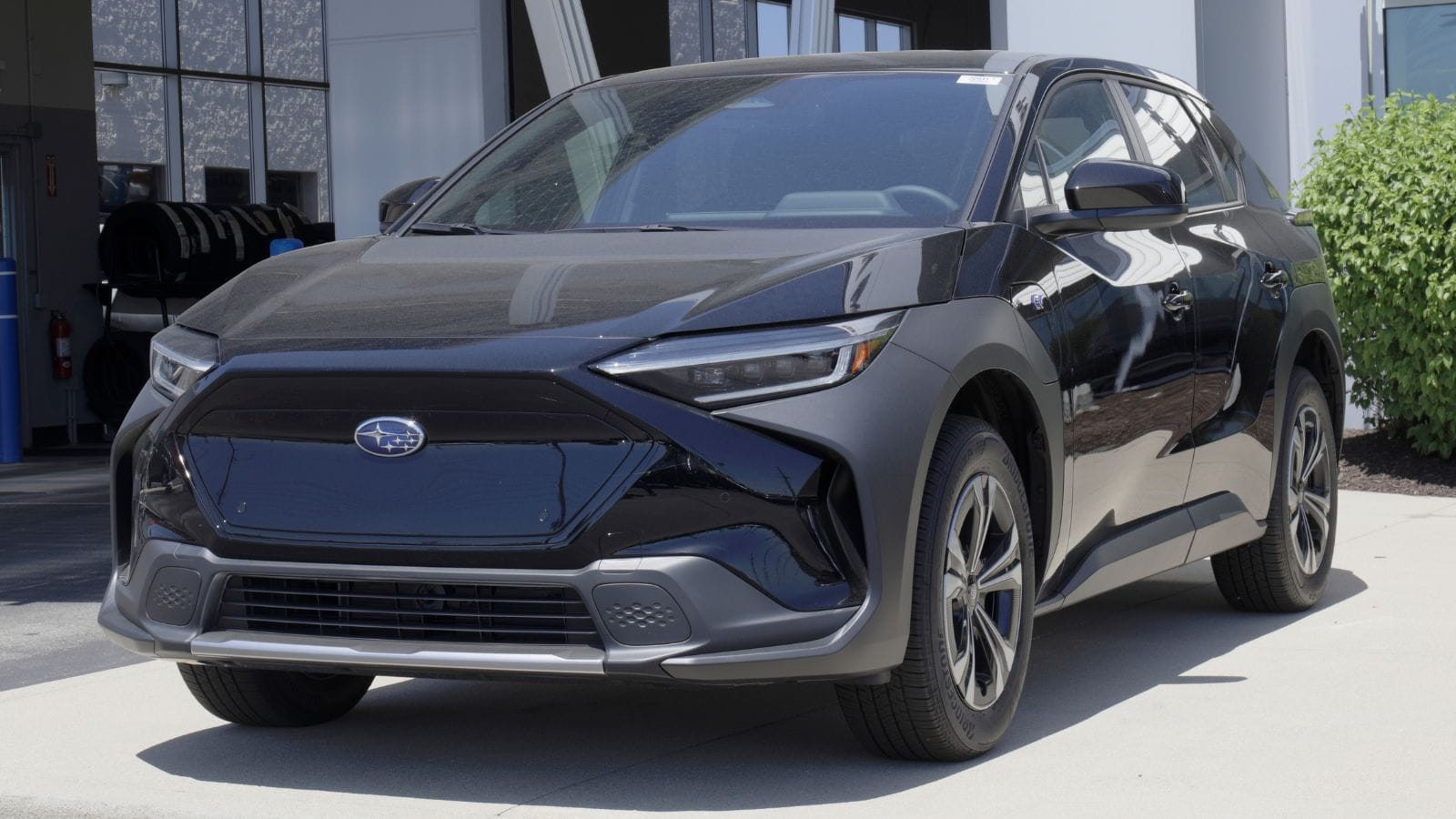
Subaru’s first all-electric vehicle, co-developed with Toyota, has been plagued by tight battery allocations and global shipping delays. Regional supply remains tight—for example, in Australia, Solterra buyers face independent wait times of three to four months after placing their order. These constraints have compounded customer frustration and constrained Subaru’s ability to scale production and expand availability. With only one EV model available and ongoing supply chain challenges, the Solterra continues to face lengthy delivery timelines and limited service support for early adopters.
Hyundai Ioniq 5
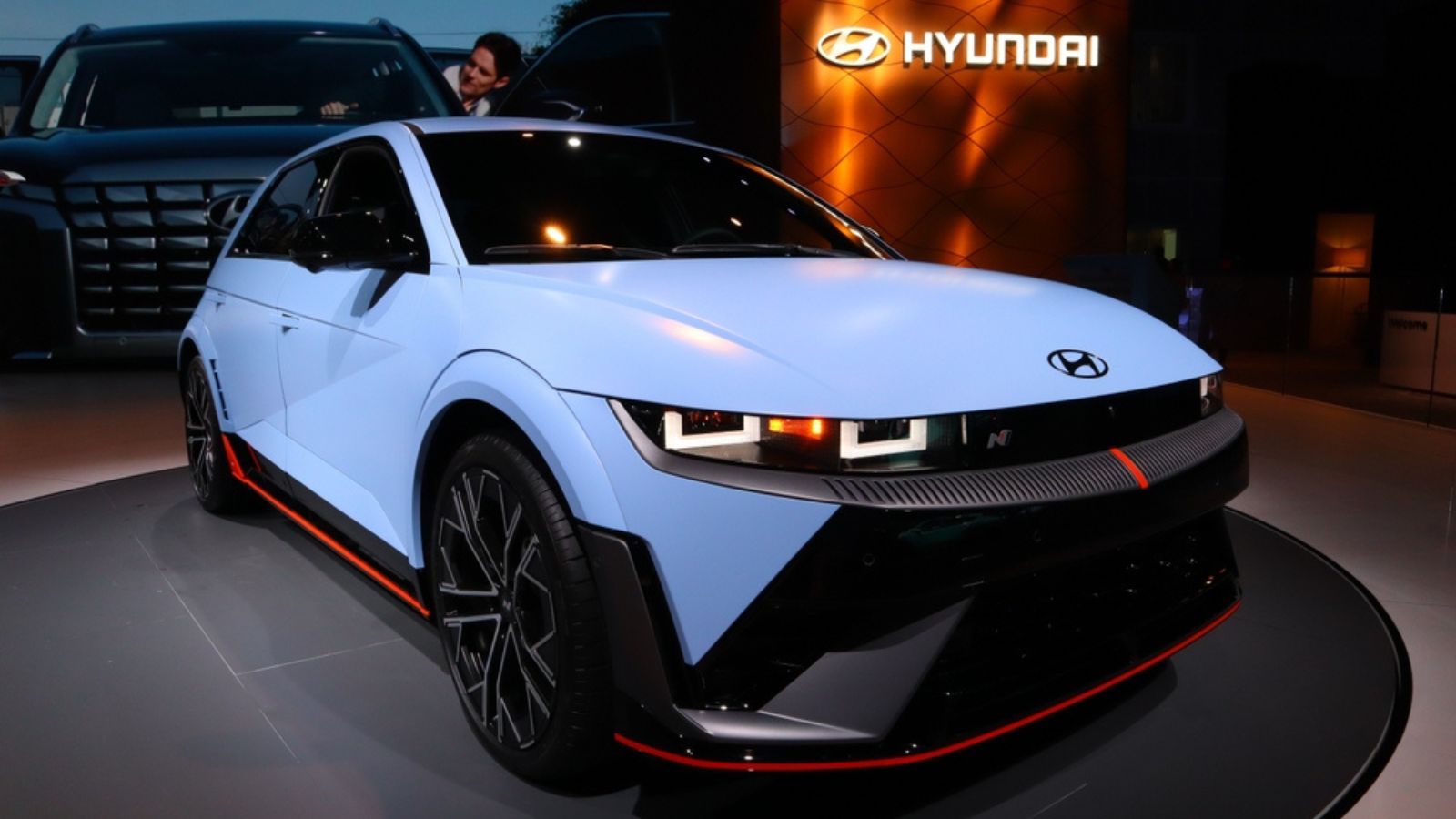
This retro-cool EV has won awards and hearts, but Hyundai’s supply chain struggles — especially for semiconductors and batteries — mean many buyers are stuck on lists for six months or more. Plus, the disparity between Canada and the U.S. is stark—dealers in the States often have stock sitting idle. At the same time, Canadian allocations are tightly controlled, partly driven by stronger EV demand and provincial sales mandates in BC and Quebec. Production hiccups, including electric motor shortages and chip bottlenecks, continue to hinder Hyundai’s output.
Honda CR-V Hybrid
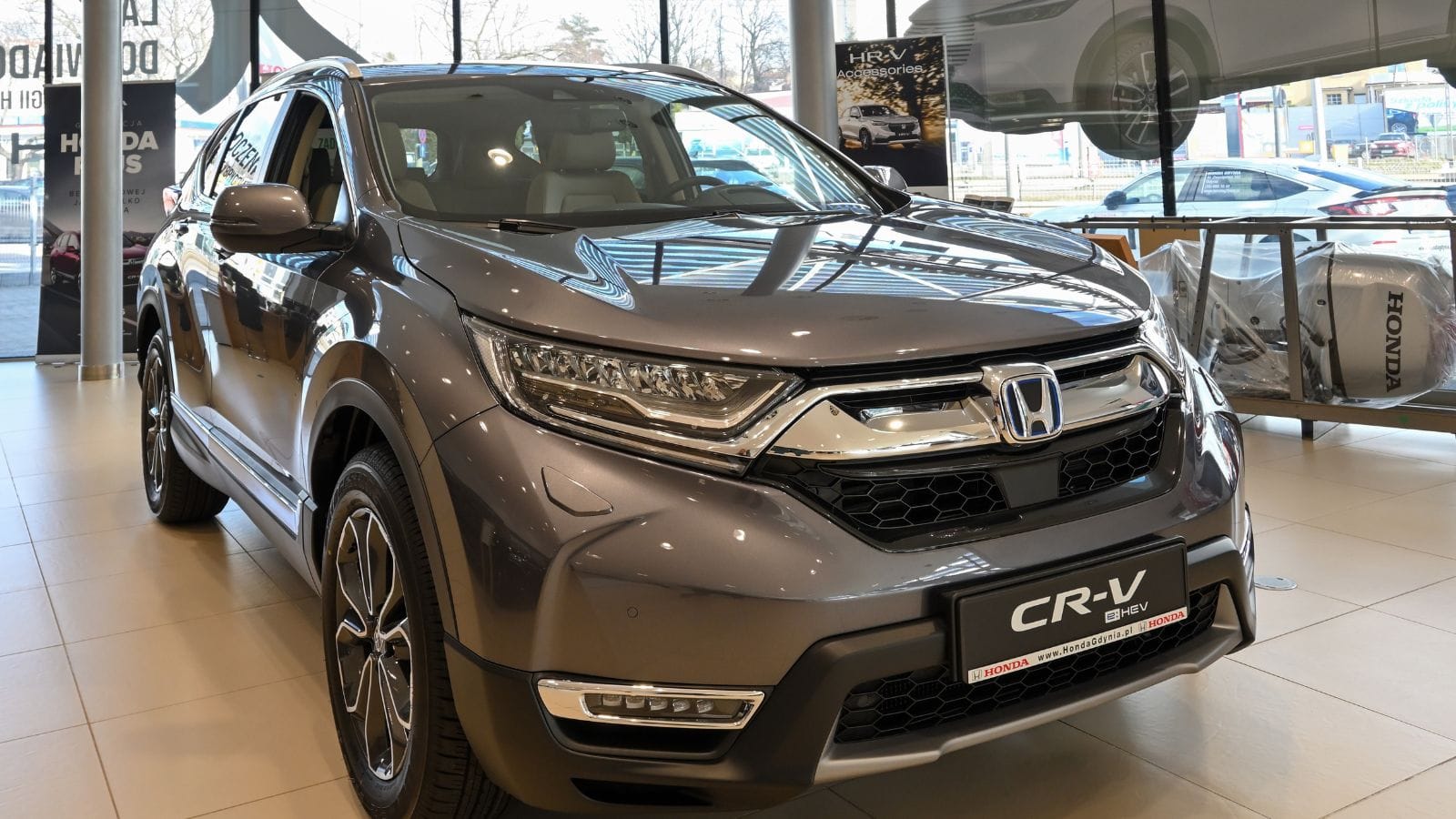
Honda’s long-awaited hybrid CR-V is the right car at the wrong time. The company’s factories in North America have faced parts shortages and labor issues, resulting in waitlists that can extend up to nine months for the hybrid trims. Meanwhile, competitors like the Toyota RAV4 Hybrid, although similarly constrained, are priced lower, leading some buyers to view the CR-V’s value unfavorably, despite its Canadian manufacturing. In summary, expect significantly longer waits—often exceeding a year—to secure a CR-V Hybrid in Canada, driven by high demand, limited production of hybrid trims, and persistent global supply chain delays.
Rivian R1T
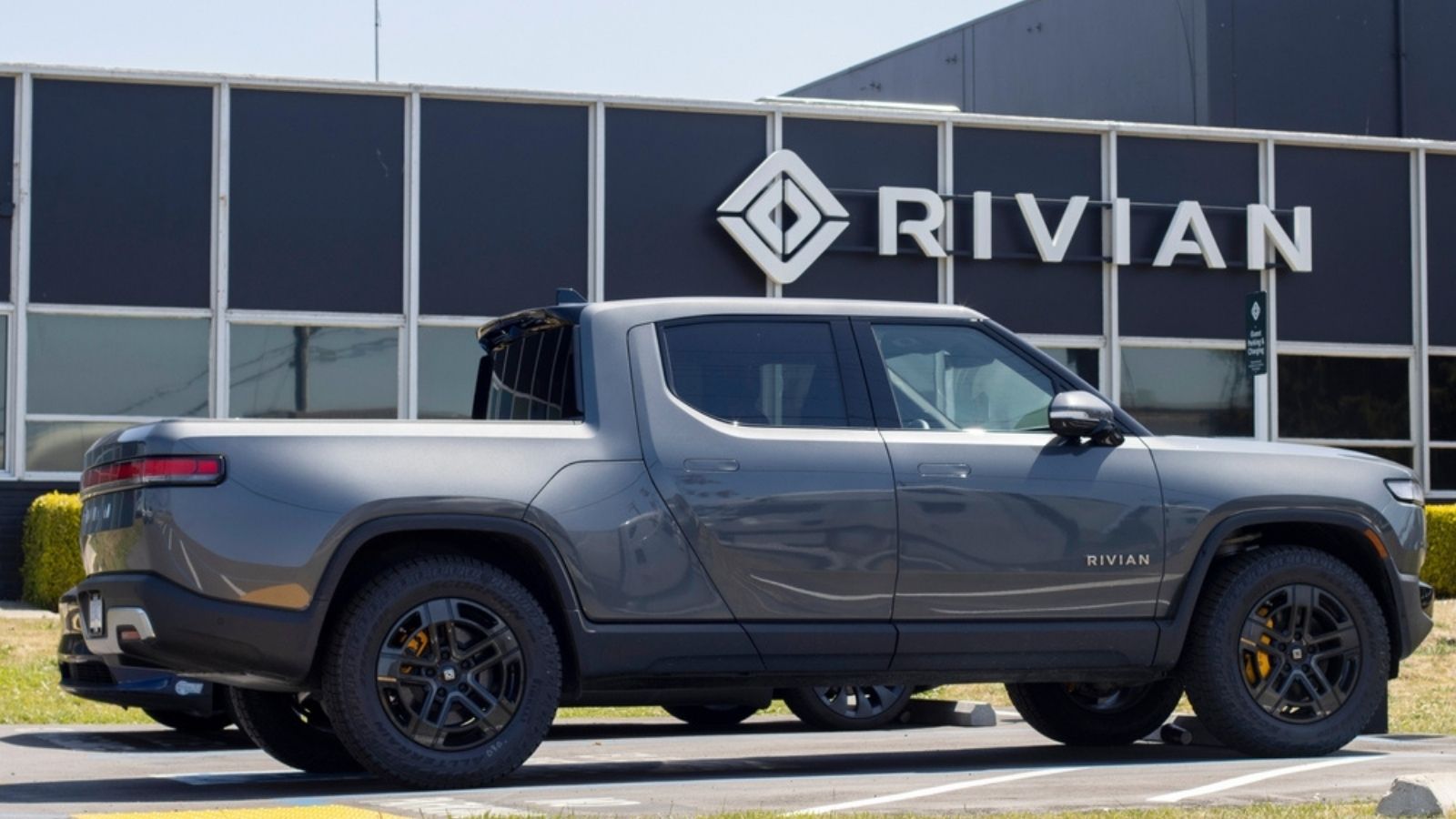
Rivian’s electric adventure truck is popular among early adopters, but the startup is still working to iron out production bottlenecks and address battery supply constraints. Though limited shipments began in late 2022 with the opening of delivery centers in Vancouver, Calgary, and Toronto, deliveries were later paused in early 2024 due to a Transport Canada–mandated software update for daytime running lamp compliance. Meanwhile, global semiconductor shortages continued to constrain production capacity, resulting in long waitlists. Some reservation holders have waited more than two years.
Jeep Wrangler 4xe
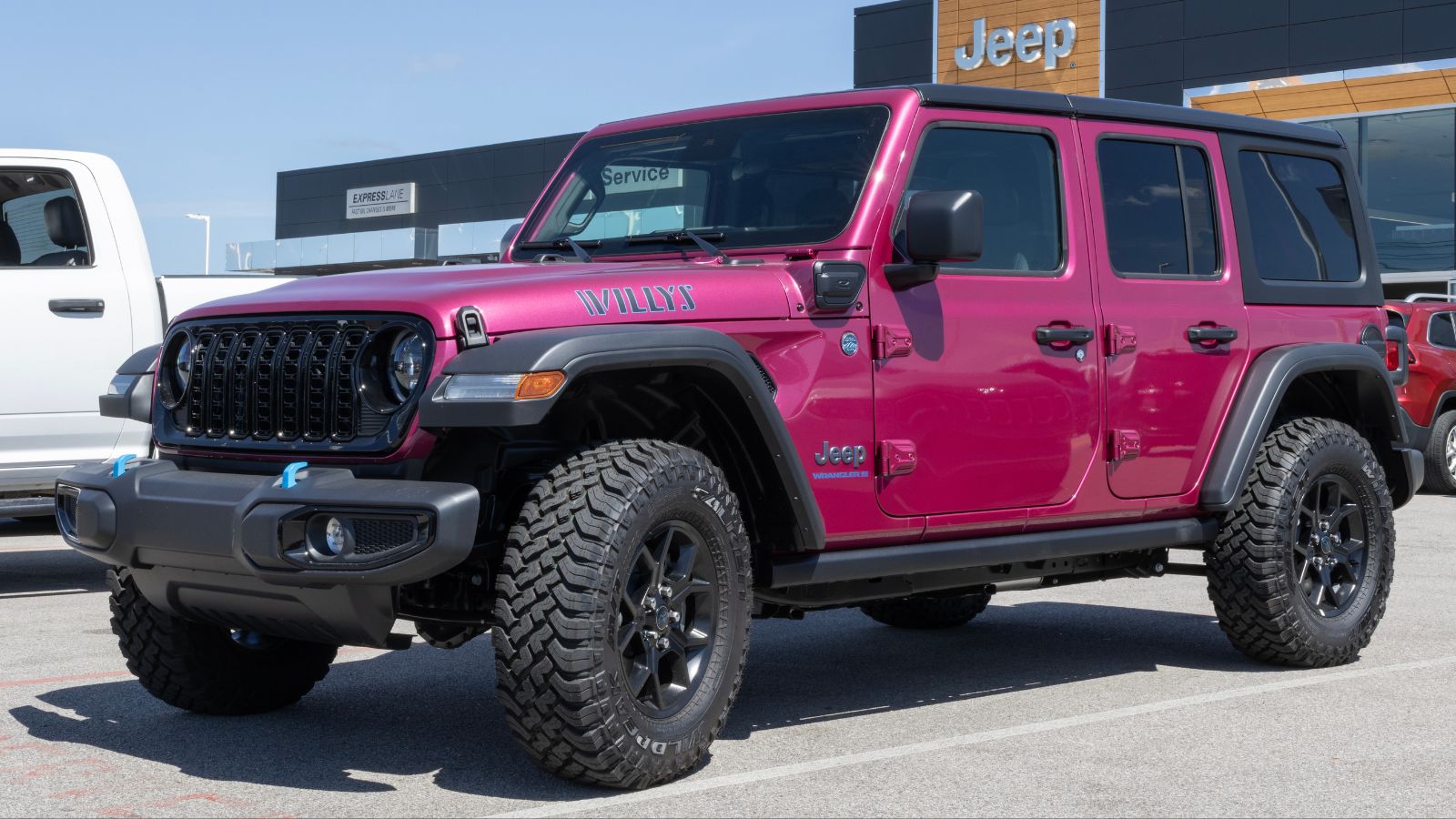
The plug-in hybrid Wrangler combines rugged fun with eco-friendly driving, but that combo means more batteries and chips — two things that have been in short supply. According to Stellantis reports and Canadian dealership feedback, sourcing crucial components like batteries and specialized electronic modules has become more complicated due to global semiconductor shortages and the intense competition for EV parts. Transport delays and customs bottlenecks at major ports, such as Vancouver and Montreal, have further hindered the flow of inventory.
Ford Bronco
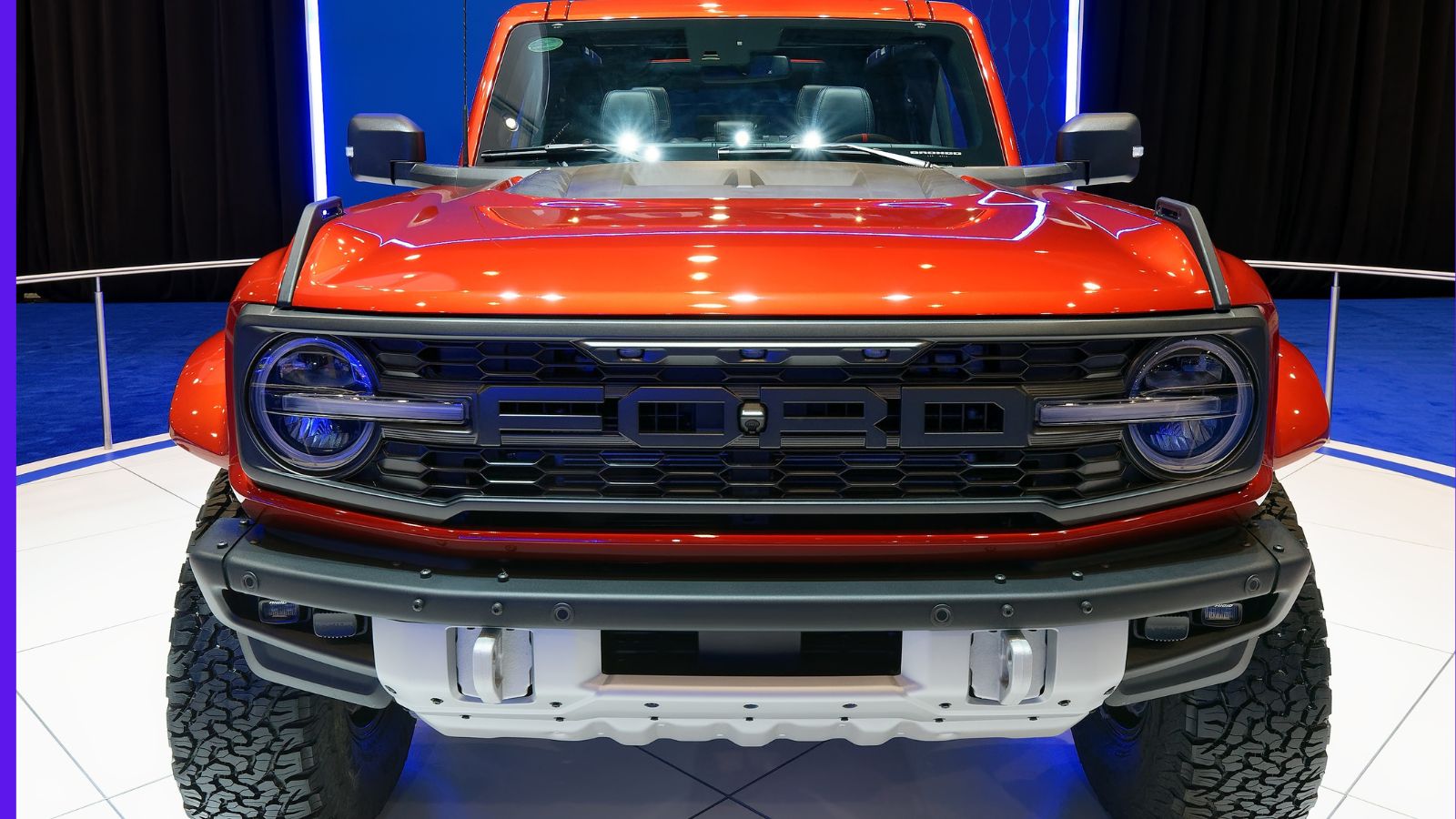
Ford’s reborn off-roader has been in short supply since launch. Ongoing parts shortages, especially for Sasquatch and Badlands trims, make the Bronco one of the longest waits in the SUV market. Recent buyers (early 2025) report that production dates have been postponed by weeks—even months—due to fluctuating part allocations, while fortunate cases saw Canadian builds slightly prioritized, possibly to avoid tariff risk. Overall, Canadian Bronco shoppers can expect waitlists to stretch close to a year from order to delivery.
Porsche Taycan
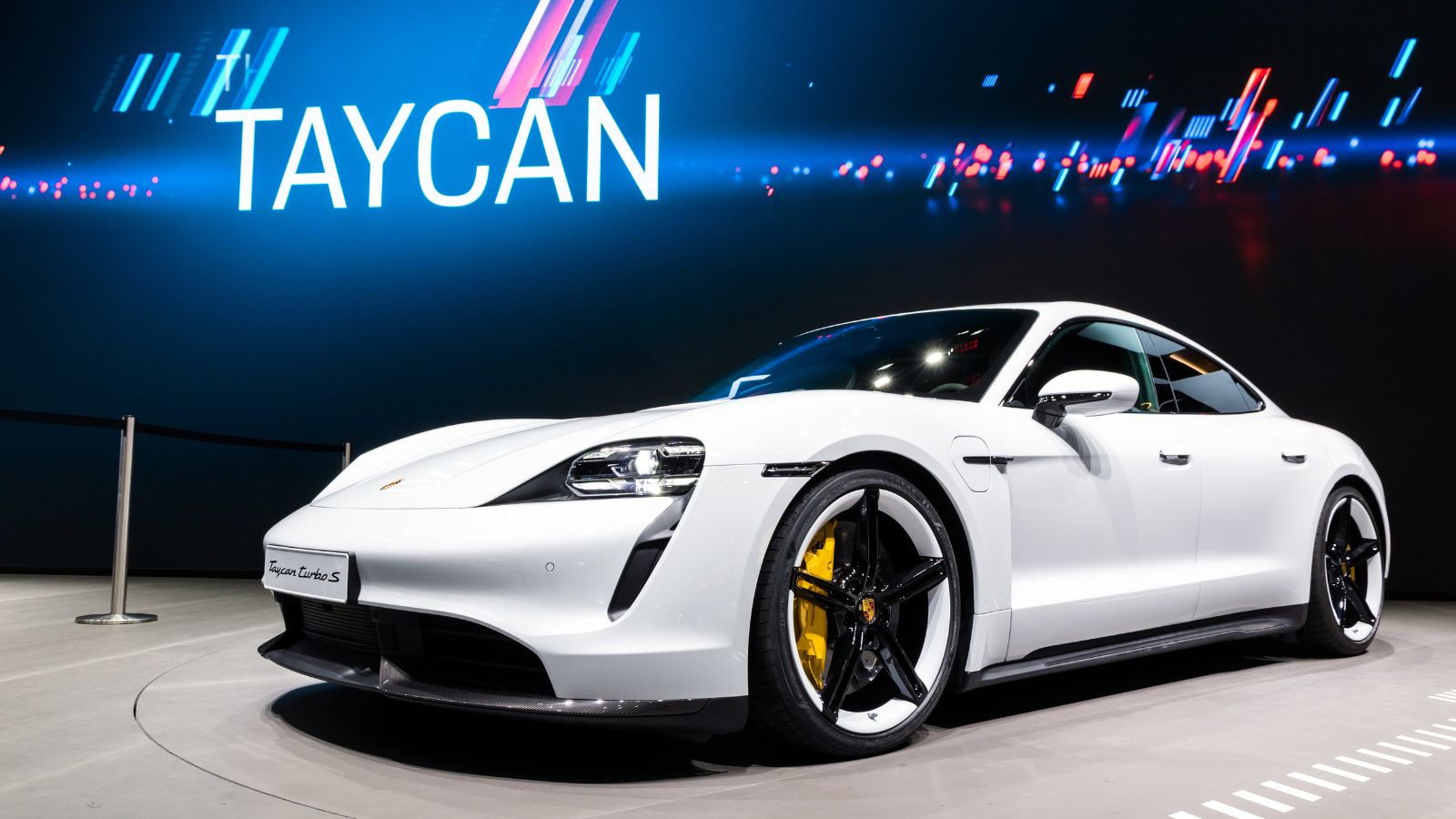
Porsche’s electric sports sedan is a victim of its success and the complexities of its supply chain. Persistent global parts shortages have constrained production—most notably, a high-voltage heater supply glitch that forced Porsche to prioritize replacements over new builds—resulting in Q1 2023 Taycan deliveries dropping 3–4 percent year-over-year. As a result, Canadian Taycan sales decreased from 141 to just 131 units in Q1 2023, despite overall Canadian Porsche sales rising 4 percent.
Toyota Sienna Hybrid
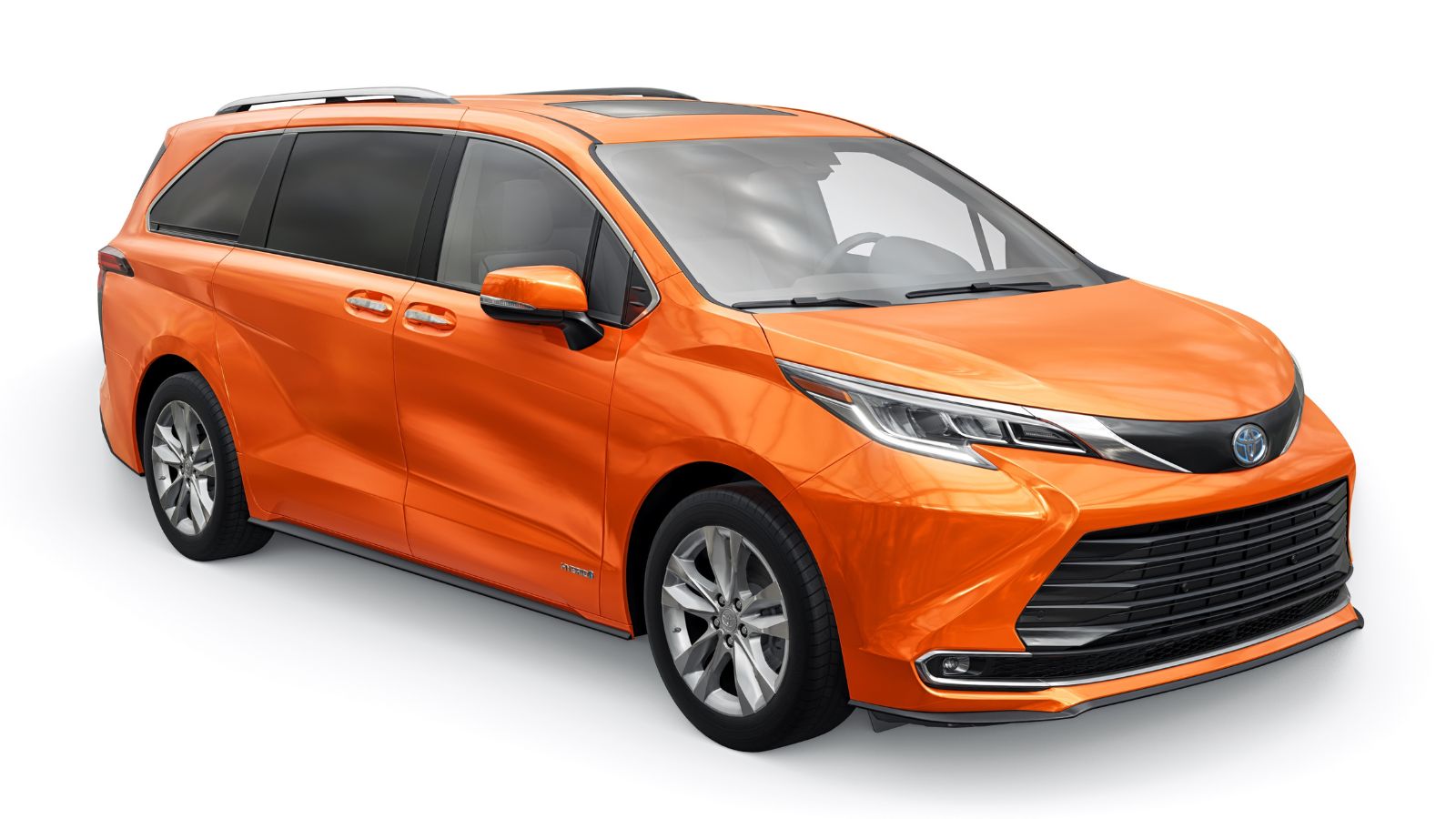
Families love the Sienna’s hybrid-only powertrain, but Toyota’s hybrid tech has been stretched thin across its lineup. The root cause lies in global hybrid demand and parts shortages—particularly magnets, inverters, and batteries—leading to production bottlenecks worldwide. Despite Toyota increasing output—including a 20 % rise in Sienna production for 2025—hybrid models remain heavily oversubscribed. If you’re considering a Sienna Hybrid in Canada, be prepared for multi-year delivery timelines.
Lucid Air
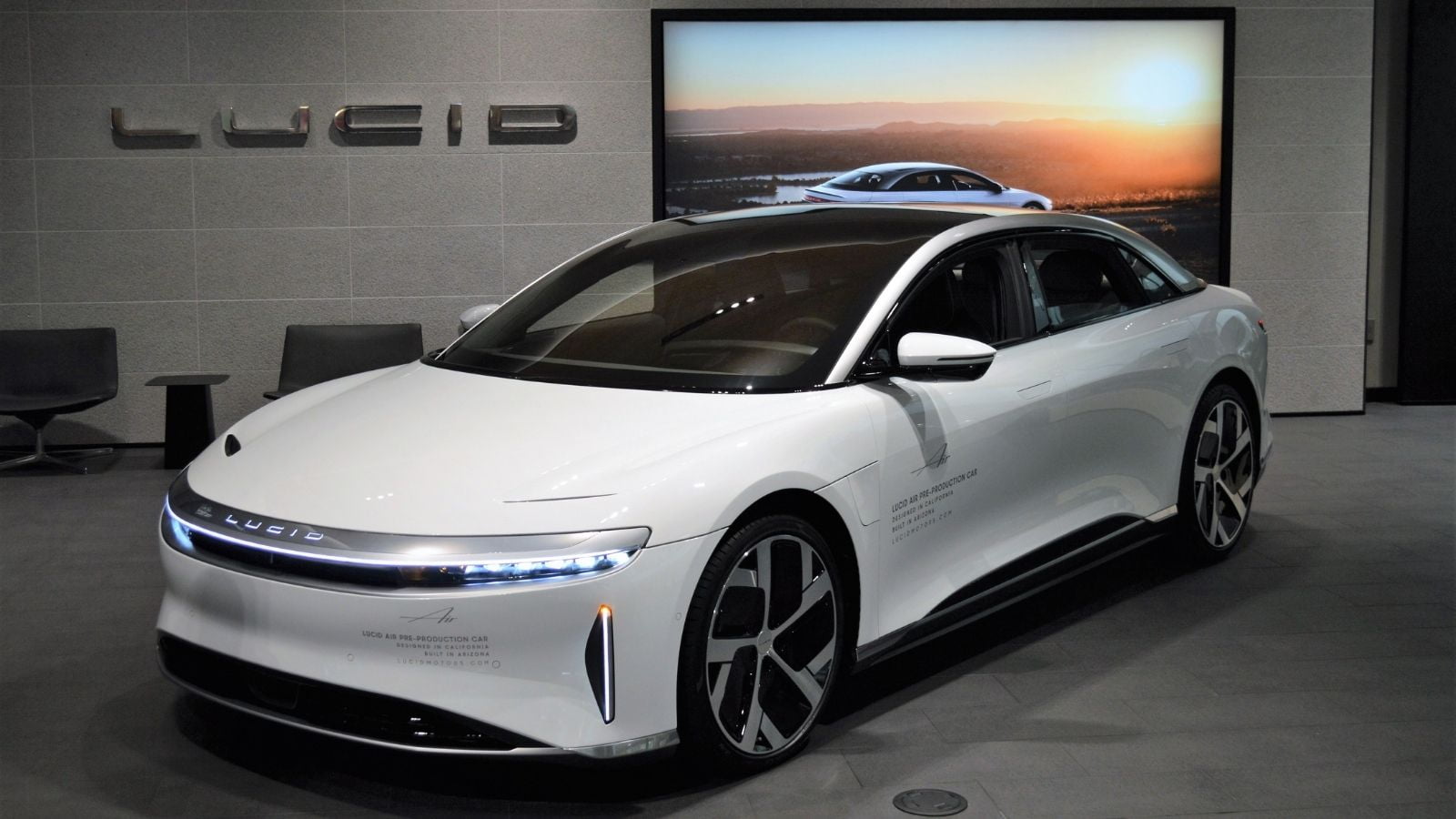
Lucid Motors, a luxury EV startup, faces the same battery and chip constraints as others, but without the scale of legacy automakers. Those bottlenecks led Lucid to shift its Canadian ordering from build-to-order toward existing-inventory models, offering discounts of up to C$12,600 to clear stock. As a consequence, Canadian buyers opting for custom-configured Airs now face significantly longer waitlists—often several months—while the company prioritizes delivery of available units.
Cadillac Lyriq
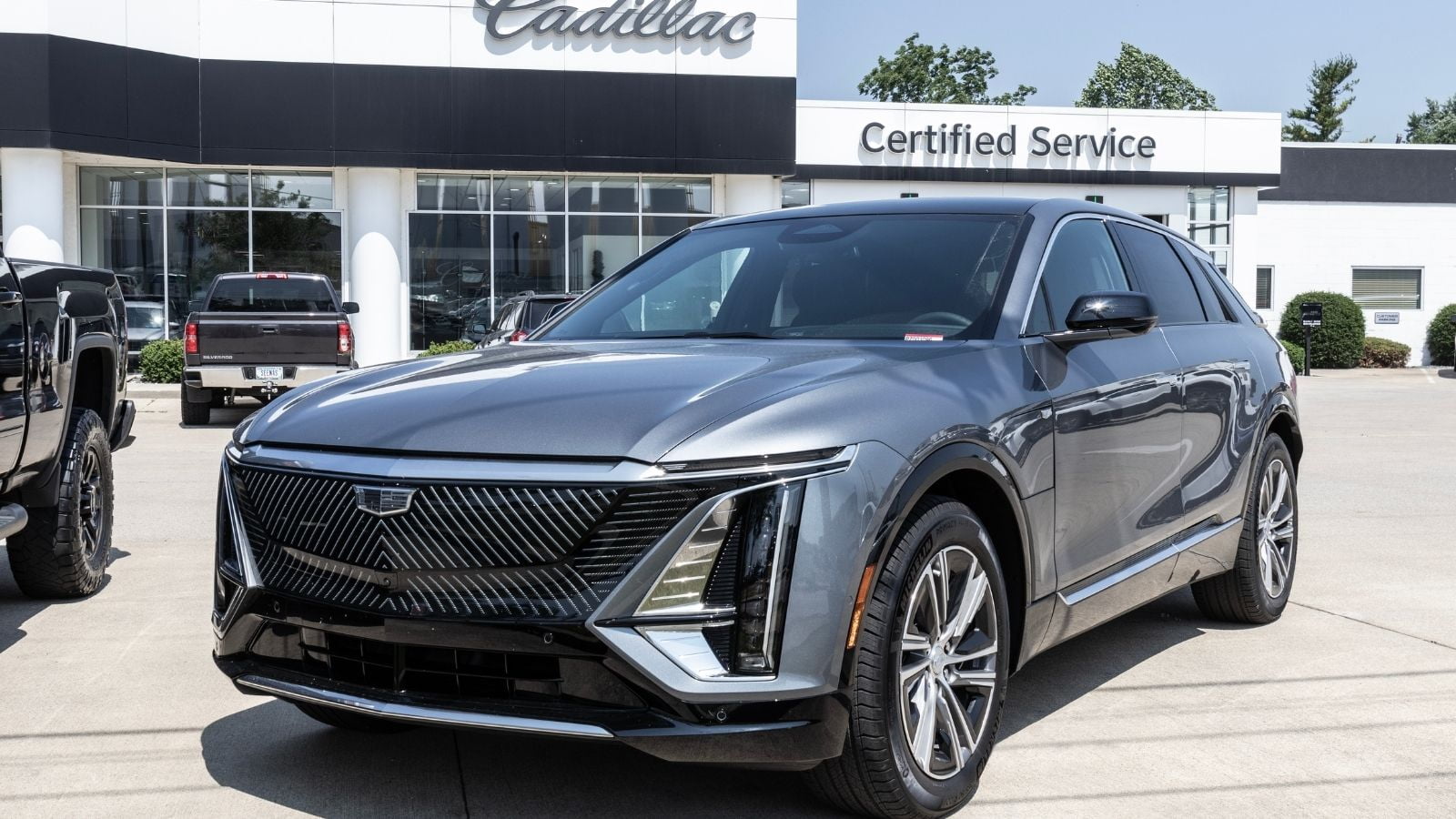
GM’s all-electric luxury SUV is new, sleek, and in high demand. But, production delays at GM’s Spring Hill plant—including software tweaks, a slow and cautious rollout, and quality holds—delayed deliveries. Only 122 Lyriqs were delivered in all of 2022, despite over 8,000 units being produced globally, highlighting an intentional pacing strategy to resolve early issues. Consequently, Canadian Lyriq buyers face waits extending one to two years, combining pent-up interest with constrained supply and gradual deployment strategies.
Nissan Ariya
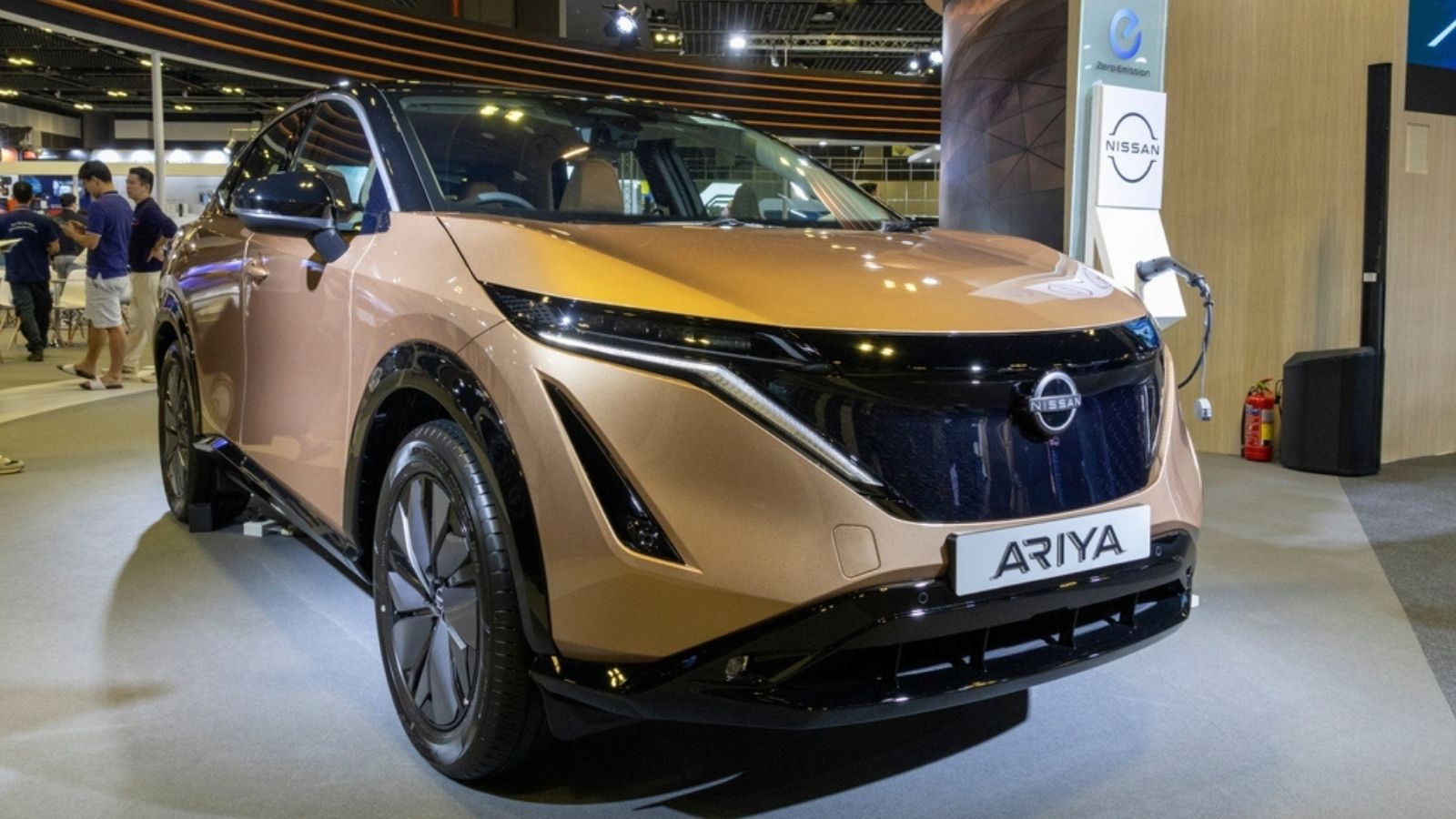
Nissan’s new EV crossover has faced pandemic-related factory shutdowns in Japan, semiconductor shortages, and shipping bottlenecks. Globally, production at Nissan’s Tochigi “intelligent” factory operates at roughly one-third of its capacity, shortfalls caused by semiconductor limitations, paint-line troubles, and a disrupted electronic-component plating supplier in China. In early 2023, Nissan even paused pre-orders in Canada to ease pressure on delivery timelines.
Volkswagen ID. Buzz
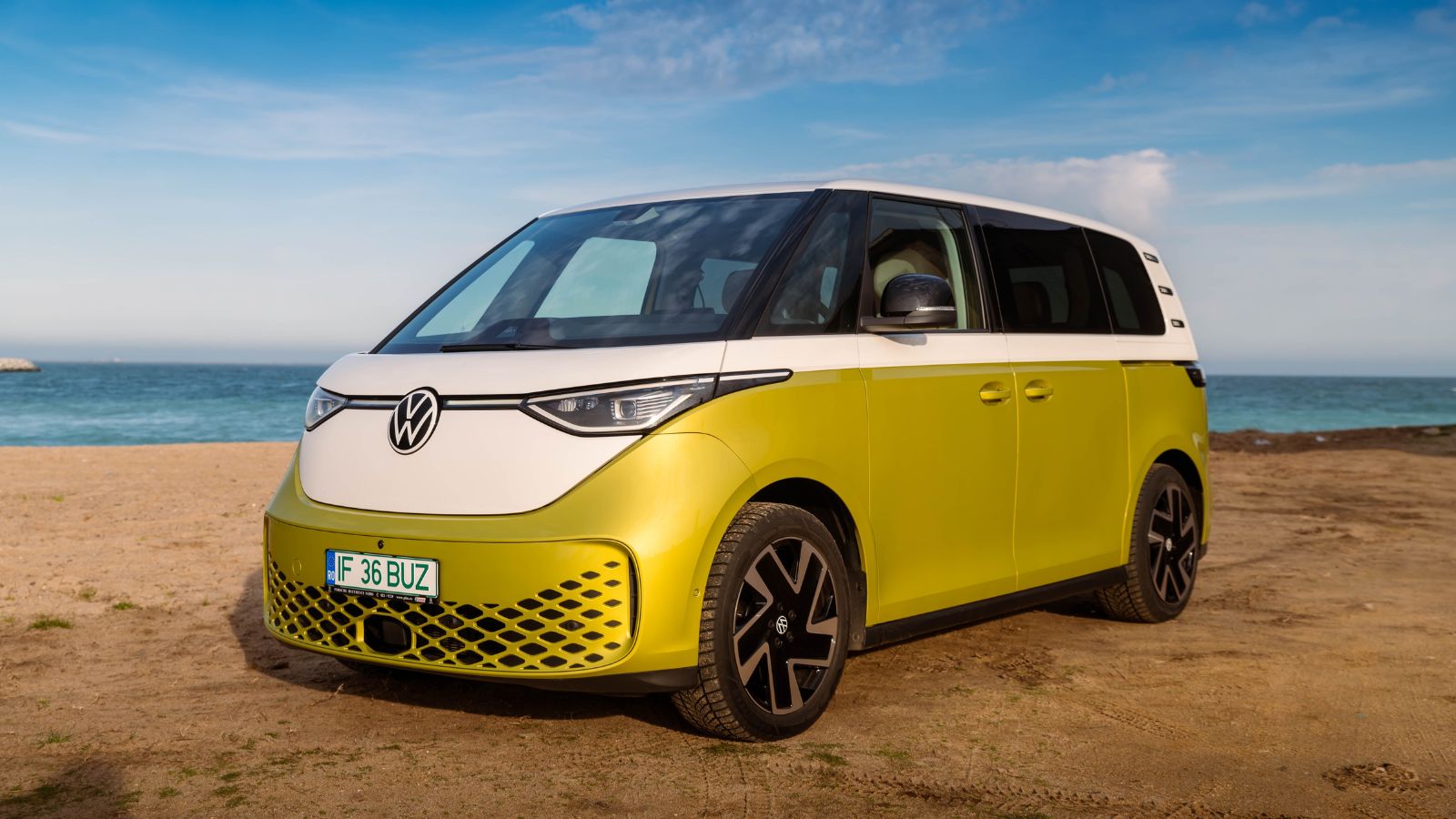
The retro-styled electric van has nostalgia lovers lining up, but battery constraints and high global demand overburden VW’s European production lines. Volkswagen’s Hanover plant plans output of roughly 120,000–150,000 ID. Buzz units annually, but North American deliveries remain constrained while European demand and chip and motor shortages persist. Additionally, North American allocations are limited, so be prepared to wait.
BMW i4
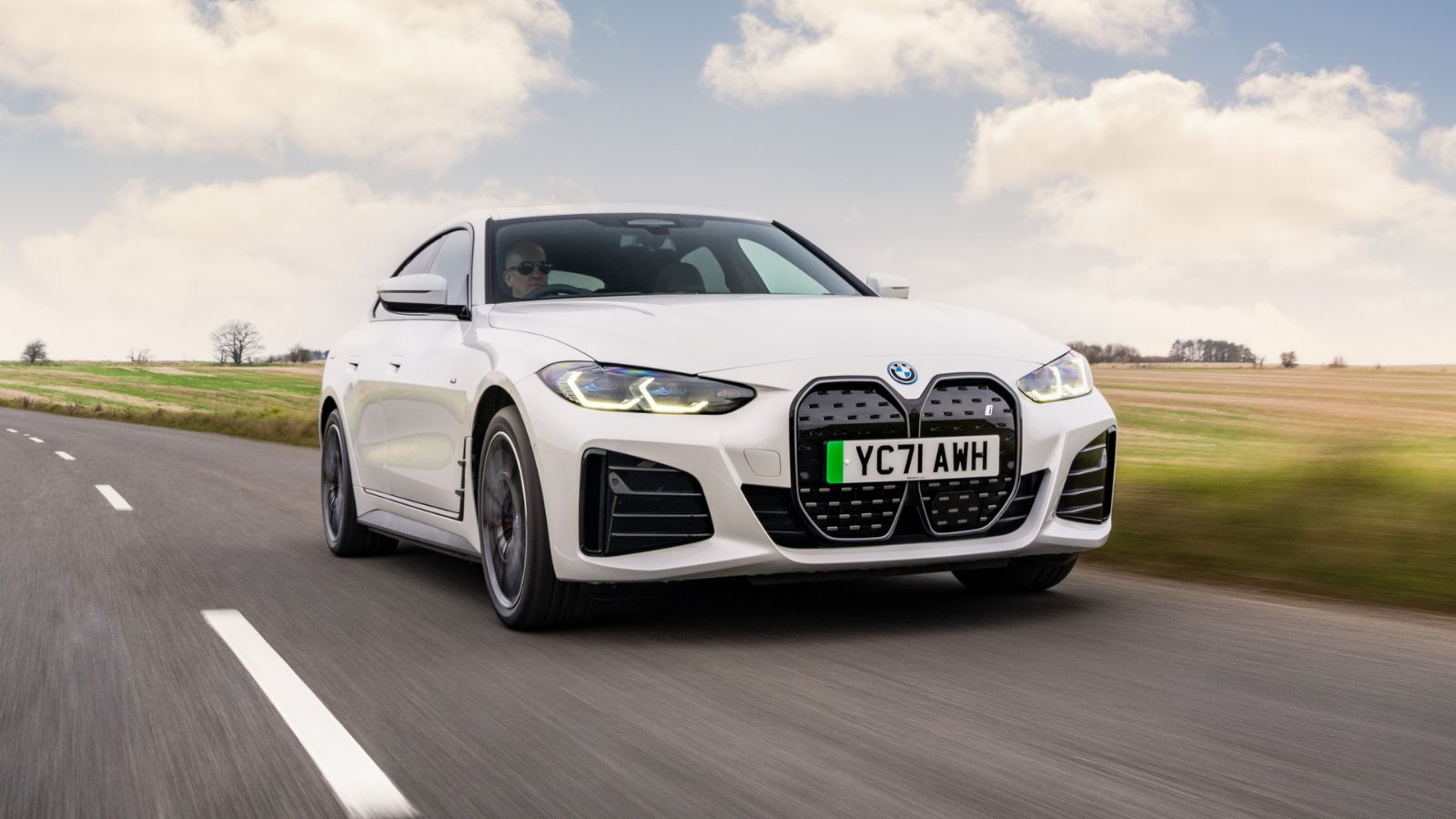
The BMW i4, built on the Munich CLAR line, has experienced notably extended wait times in Canada due to global supply chain issues and a pause in EV production. Builds of M50 variants have often taken 12–18 months in Canada—one owner in BC reports an 18-month wait. eDrive 40 versions sometimes arrive in 7–9 months, though allotments vary by dealership and province. A March 2025 stop-sale in Calgary stemmed from a defective brake-expansion tank; parts are shipped from Germany with a turnaround time of April.
GMC Hummer EV
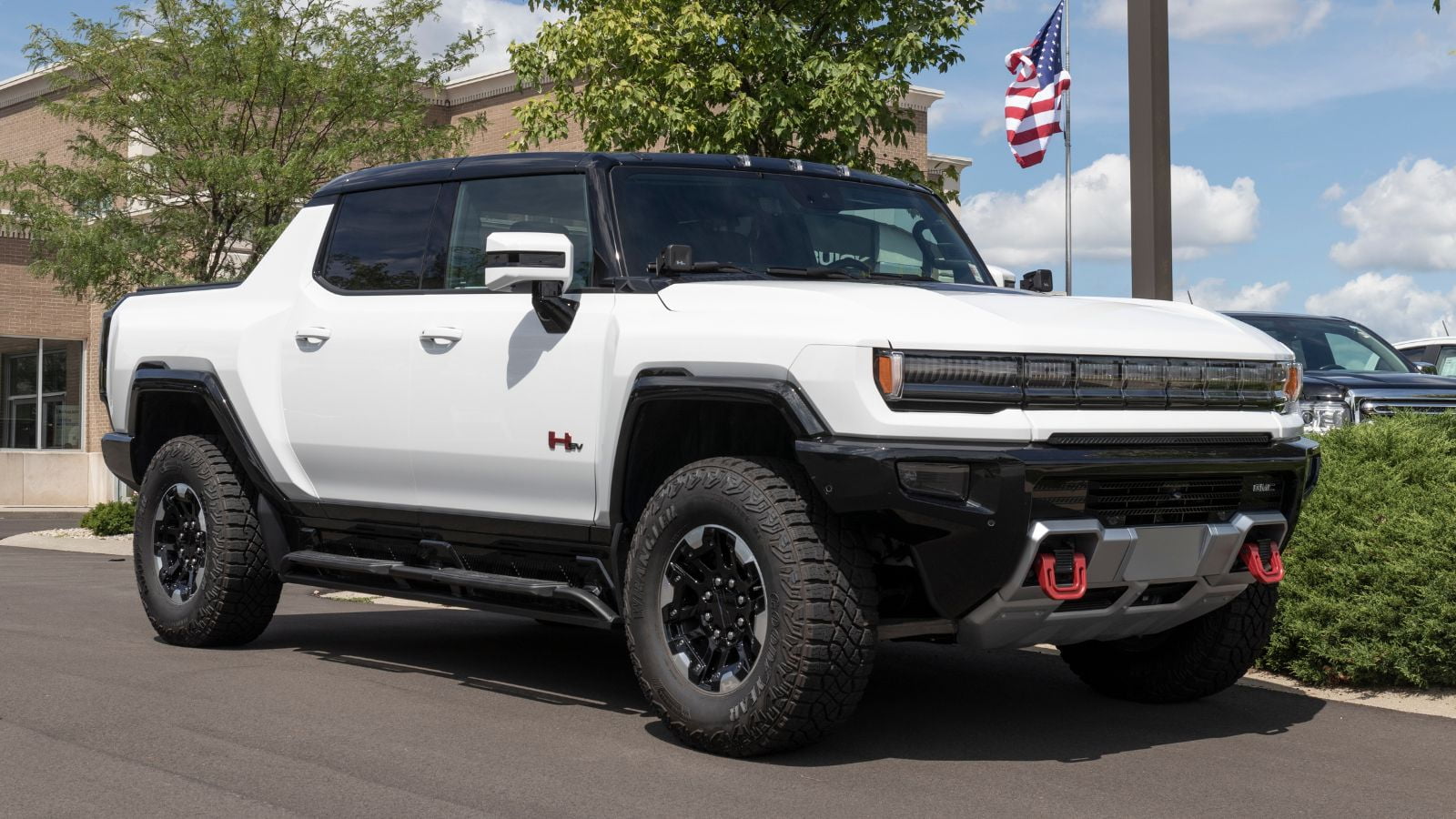
General Motors has temporarily closed reservations in North America, including Canada, after receiving over 90,000 deposits for Hummer EV pickups and SUVs. With Factory Zero in Michigan producing only roughly 12 units per day, it would take more than 17 years to fulfill all current orders. Although GM plans to ramp up output as its Ohio Ultium battery plant comes online, the overall Hummer EV reservation backlog remains substantial. Some buyers are stuck in reservation limbo.
Mazda CX-90 PHEV
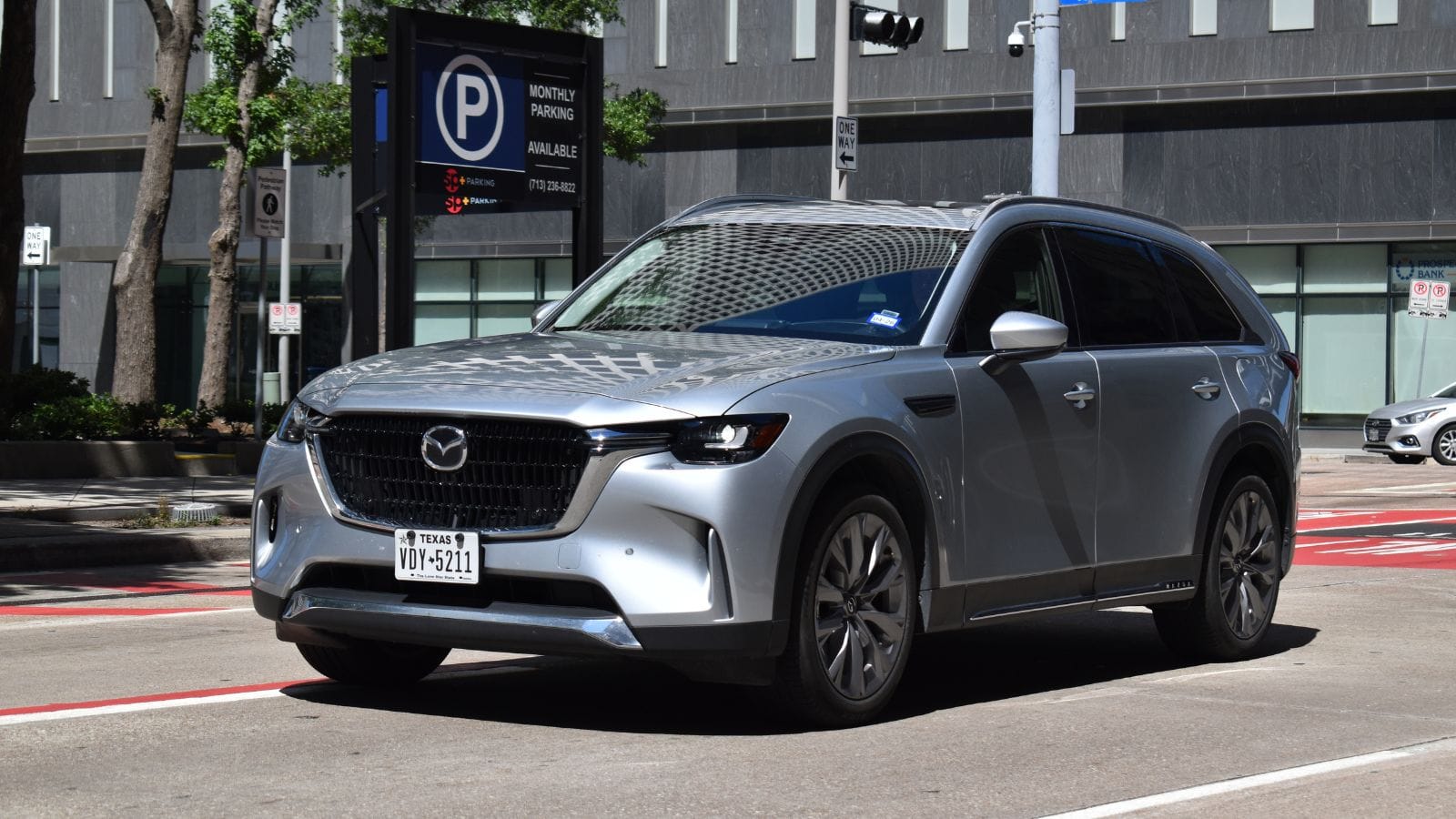
Mazda’s plug-in hybrid three-row SUV is a newcomer in high demand. European production hubs have faced energy supply issues and transport lags, slowing down North American deliveries. Compounding these delays are multiple recalls and software updates affecting the CX‑90 PHEV: Canadian owners were notified of roughly 2,353 recalled units (out of nearly 10,000 globally) over forward-collision system malfunctions, plus numerous recalls to address dashboard electronics, inverter logic, and engine stop/start safety—totaling over 80,000 CX‑90/CX‑70s in North America.
Polestar 2
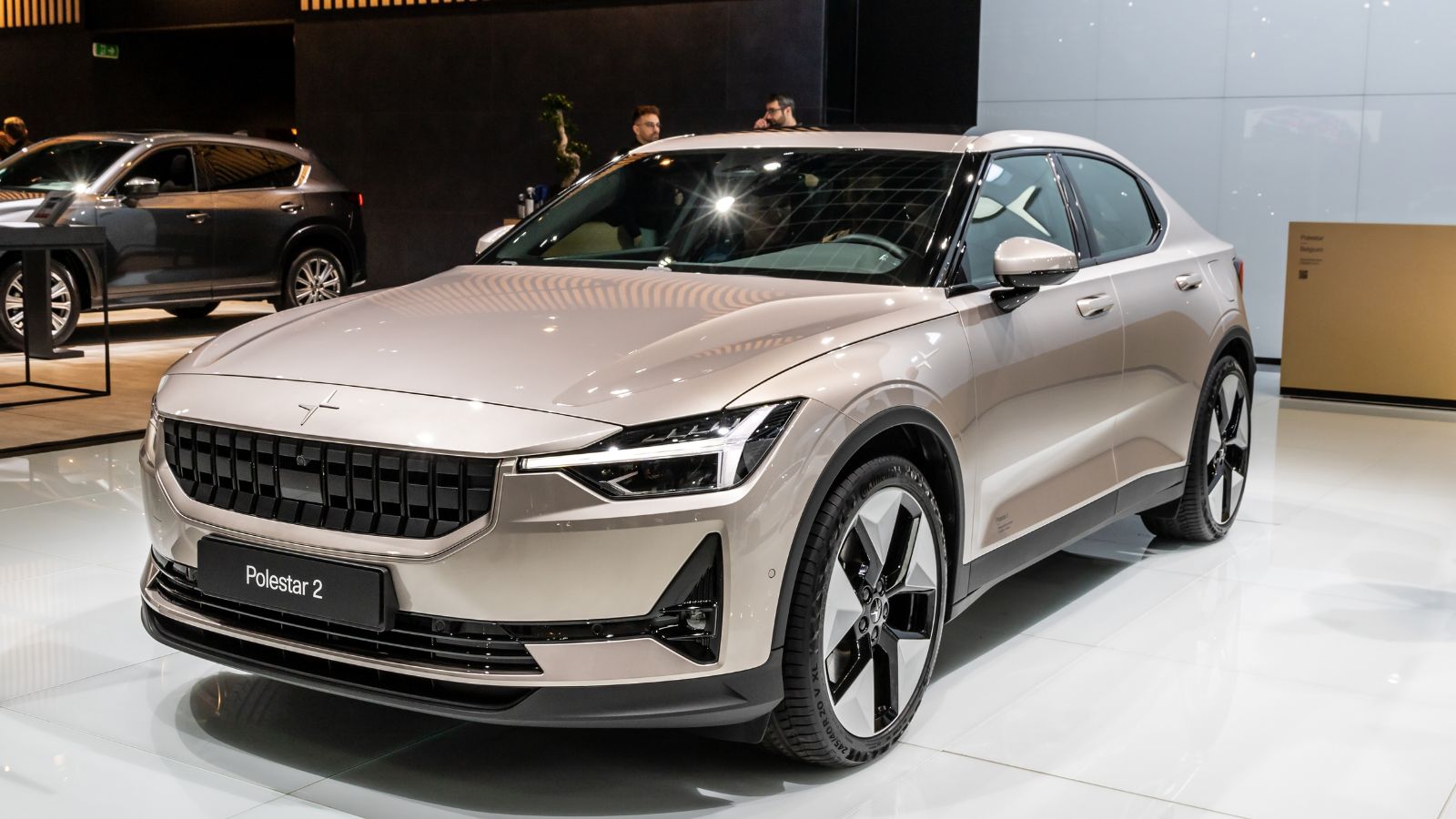
Polestar has temporarily halted custom orders for the Polestar 2 in Canada and the U.S., citing exceptionally high demand and limited supply, forcing buyers to choose from pre-configured stock or face uncertain wait times. In Canada specifically, certification delays and government tariffs have compounded delivery issues. Transport Canada certification setbacks have pushed deliveries to mid-November, while a 100% import tariff on Chinese-built EVs has suspended further imports once the existing 2025 stock runs dry. Add port congestion, and Canadian buyers report waiting up to eight months.
Lexus NX 450h+ Plug-in Hybrid
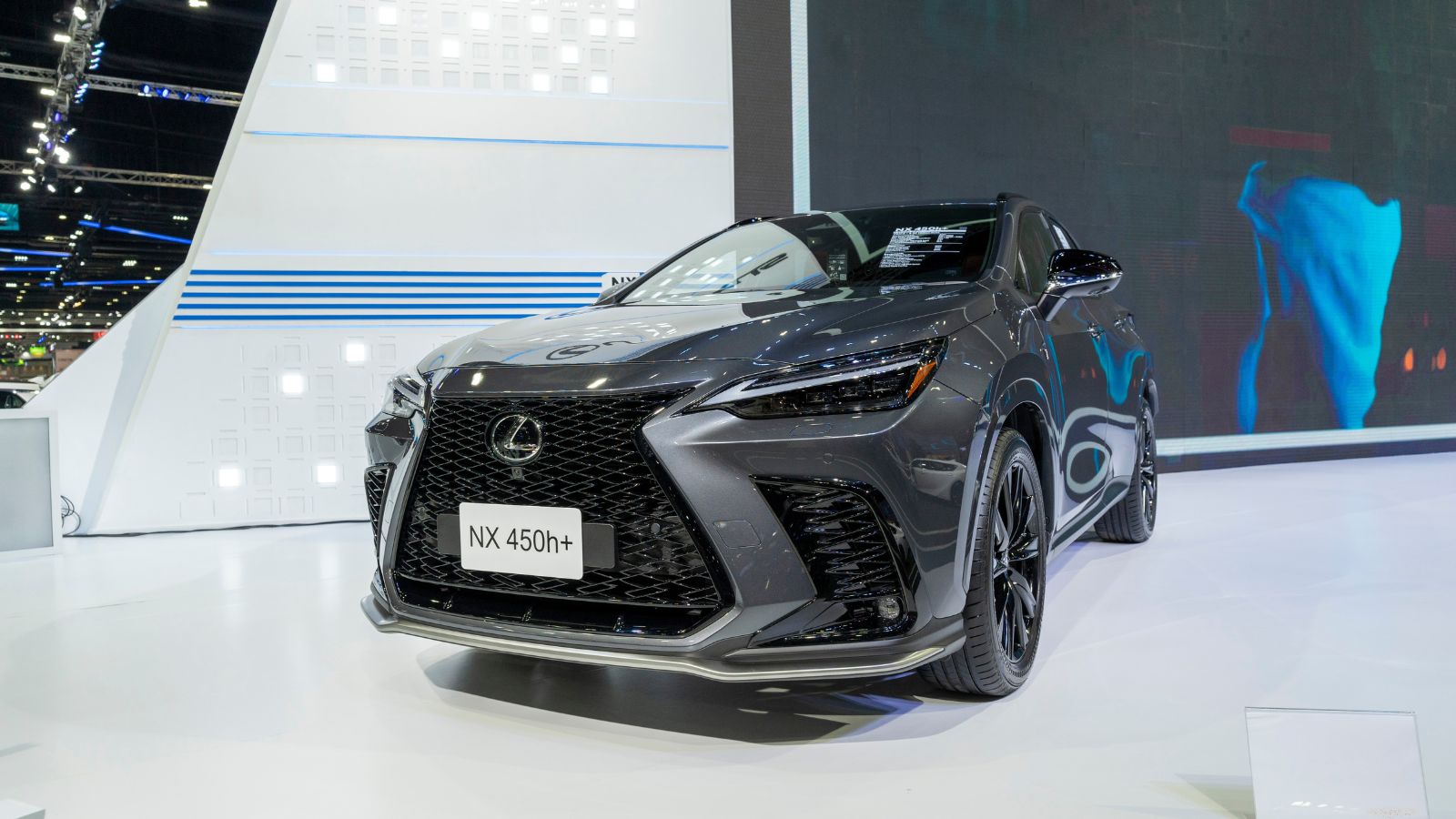
This luxury plug-in hybrid uses the same scarce battery modules as the RAV4 Prime, so it faces the same headaches — long waitlists that can stretch over nine months. These delays stem from global battery, chip, and production bottlenecks, mirroring a broader PHEV shortage in Canada, where hybrids and plug-ins face multi-year backlogs. As Lexus manages allocations by province and dealer performance, Canadians can expect extended delays for in-demand trims unless they adopt flexible ordering strategies.
Mercedes-Benz EQS
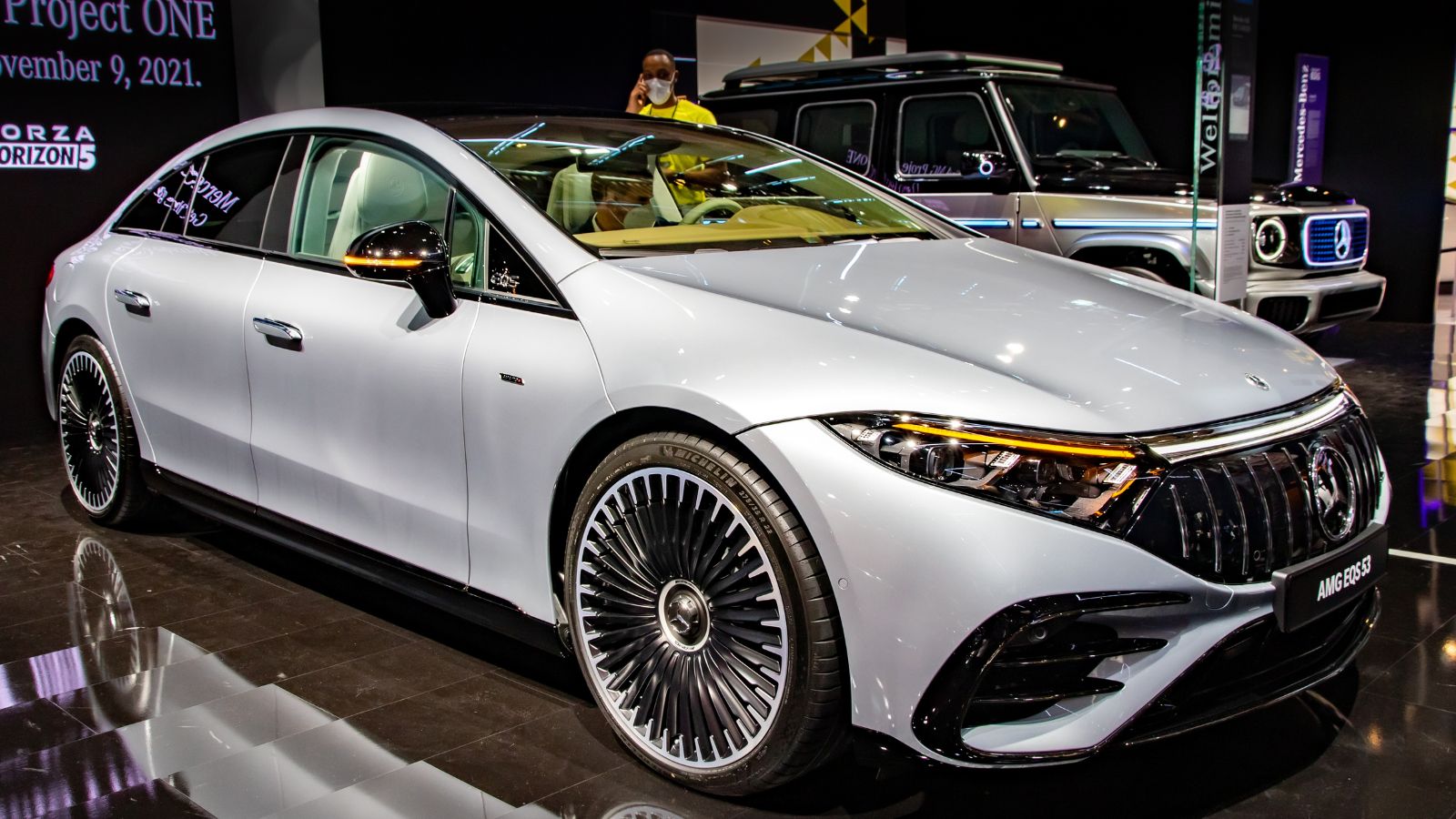
The flagship electric Merc is a technological marvel, but its complexity means more chips and batteries. Adding to the complications, Transport Canada issued a recall (ID 2024296) covering 2023–2024 EQS and EQE models due to a battery-management software fault that could result in sudden power loss, requiring dealer-performed updates. Consequently, Canadian buyers should anticipate long waitlists, potential delivery delays, and mandatory recall service visits before taking delivery.
Toyota Tacoma

The Tacoma is getting a significant redesign for 2025, and interest is sky-high. Meanwhile, global tariff pressures on vehicles imported from Mexico and Canada have raised input costs and further constrained inventory in Canada. Owner forums in Canada report manual-transmission TRD off-road and Sport trims facing year-long waits; dealers in British Columbia even require non-refundable deposits to secure a slot. Additionally, with ongoing parts backlogs, such as extended brake-line recalls, OEM scheduling could be further delayed.
21 Products Canadians Should Stockpile Before Tariffs Hit

If trade tensions escalate between Canada and the U.S., everyday essentials can suddenly disappear or skyrocket in price. Products like pantry basics and tech must-haves that depend on are deeply tied to cross-border supply chains and are likely to face various kinds of disruptions
21 Products Canadians Should Stockpile Before Tariffs Hit
